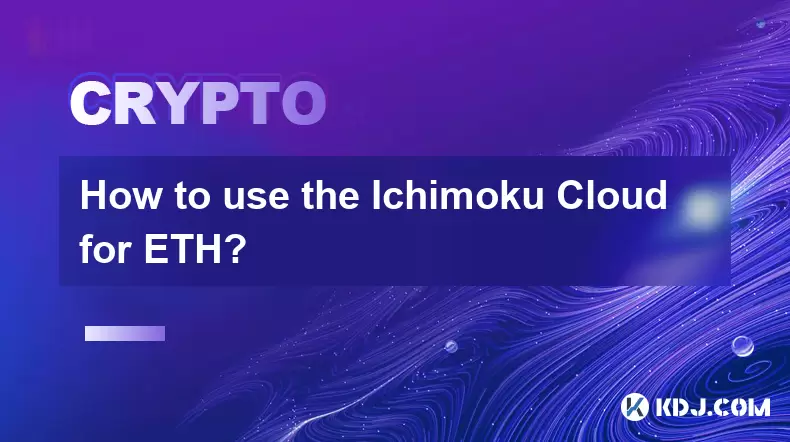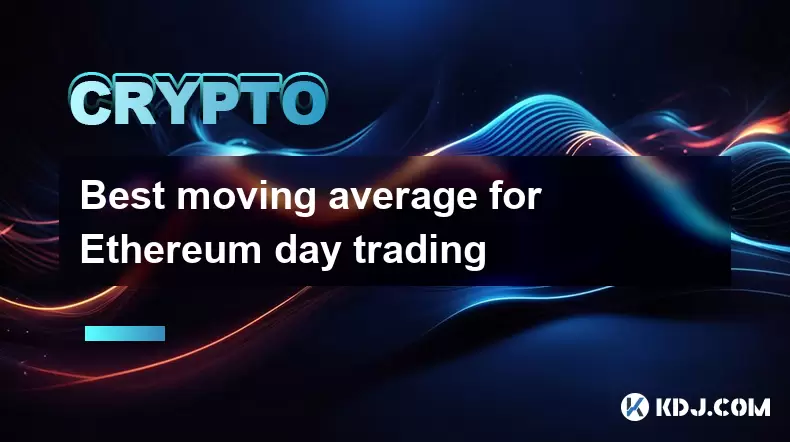-
 Bitcoin
Bitcoin $118000
-0.23% -
 Ethereum
Ethereum $3651
1.66% -
 XRP
XRP $3.423
-1.58% -
 Tether USDt
Tether USDt $1.001
-0.02% -
 BNB
BNB $742.8
0.69% -
 Solana
Solana $177.8
0.30% -
 USDC
USDC $0.9999
0.01% -
 Dogecoin
Dogecoin $0.2539
0.03% -
 TRON
TRON $0.3199
-1.74% -
 Cardano
Cardano $0.8382
0.59% -
 Hyperliquid
Hyperliquid $44.83
0.05% -
 Stellar
Stellar $0.4602
-1.49% -
 Sui
Sui $3.850
0.58% -
 Chainlink
Chainlink $18.62
2.56% -
 Hedera
Hedera $0.2681
0.97% -
 Avalanche
Avalanche $24.63
3.07% -
 Bitcoin Cash
Bitcoin Cash $522.5
0.96% -
 Shiba Inu
Shiba Inu $0.00001507
-0.80% -
 Litecoin
Litecoin $113.6
9.75% -
 UNUS SED LEO
UNUS SED LEO $8.994
0.24% -
 Toncoin
Toncoin $3.197
-0.43% -
 Polkadot
Polkadot $4.361
1.13% -
 Uniswap
Uniswap $10.45
1.41% -
 Monero
Monero $327.5
0.65% -
 Ethena USDe
Ethena USDe $1.001
-0.03% -
 Bitget Token
Bitget Token $4.992
-1.12% -
 Pepe
Pepe $0.00001355
0.67% -
 Dai
Dai $1.000
0.01% -
 Aave
Aave $322.6
0.15% -
 Bittensor
Bittensor $415.5
0.88%
How to view BNB's historical transaction records?
Use BscScan, BNB wallets, third-party analytics, APIs, or blockchain data services to view and analyze BNB's historical transaction records for personal or market research.
Apr 21, 2025 at 06:35 pm

Viewing BNB's historical transaction records is an essential task for many cryptocurrency enthusiasts and investors. Whether you are looking to track your own transactions, analyze the market, or conduct research, understanding how to access and interpret these records is crucial. In this article, we will explore the various methods and tools available for viewing BNB's historical transaction records in detail.
Using BNB Chain Explorer
The BNB Chain Explorer, also known as BscScan, is one of the most straightforward tools for viewing BNB's historical transaction records. BscScan is a blockchain explorer specifically designed for the BNB Chain, allowing users to search and analyze transactions, addresses, and other on-chain data.
- Navigate to BscScan: Open your web browser and go to the BscScan website at www.bscscan.com.
- Search for a Transaction: Use the search bar at the top of the page to enter the transaction hash, address, or block number you wish to view. Transaction hashes are unique identifiers for each transaction on the blockchain.
- View Transaction Details: After entering the transaction hash, you will be directed to a page displaying detailed information about the transaction. This includes the sender and recipient addresses, the amount transferred, the transaction fee, and the timestamp of the transaction.
- Explore Additional Features: BscScan offers additional features such as filtering transactions by time, type, and other criteria. You can also view the transaction's status and any associated events or logs.
Using BNB Wallets
Many BNB wallets provide functionalities to view historical transaction records directly within the wallet interface. This method is particularly useful for those who want to track their personal transactions without using external tools.
- Open Your BNB Wallet: Launch your preferred BNB wallet application, such as Trust Wallet or MetaMask.
- Access Transaction History: Navigate to the section of the wallet that displays transaction history. This is usually found under a tab labeled "Transactions" or "History."
- Review Transactions: You will see a list of your past transactions, including the date, amount, and recipient. Click on a specific transaction to view more detailed information, such as the transaction hash and fee.
- Export Transaction Data: Some wallets allow you to export your transaction history for further analysis. Look for an option to export data as a CSV file or similar format.
Using Third-Party Analytics Platforms
Third-party analytics platforms can offer advanced features for viewing and analyzing BNB's historical transaction records. These platforms often provide more detailed insights and are useful for those conducting in-depth research or market analysis.
- Choose an Analytics Platform: Popular options include platforms like Nansen, Dune Analytics, or CoinMetrics. Each platform has its own set of features and data sets.
- Sign Up and Log In: Create an account on the chosen platform and log in to access the analytics tools.
- Search for BNB Data: Use the platform's search functionality to look for BNB-specific data. This may involve selecting BNB as the cryptocurrency or entering the BNB Chain as the blockchain to analyze.
- Analyze Historical Transactions: Use the platform's tools to view and analyze BNB's historical transaction records. These tools can include charts, graphs, and tables that help you understand transaction patterns over time.
- Export and Save Data: Most platforms allow you to export data for further analysis or record-keeping. Look for options to download data in various formats.
Using APIs for Custom Analysis
For those with programming skills, using APIs to access BNB's historical transaction records can provide a high level of customization and control over the data.
- Choose an API Provider: Several providers offer APIs for accessing BNB Chain data, such as BscScan's API, Moralis, or Alchemy.
- Sign Up for an API Key: Register with the API provider and obtain an API key, which is necessary to make API calls.
- Set Up Your Development Environment: Install the necessary programming tools and libraries to interact with the API. This may include Python, JavaScript, or other languages depending on your preference.
- Make API Requests: Use the API key to make requests to the API endpoint for BNB transaction data. For example, you can request transaction data for a specific address or block range.
- Parse and Analyze Data: Once you receive the data, parse it and analyze it according to your needs. This can involve writing scripts to process the data and generate insights.
Using Blockchain Data Services
Blockchain data services like Chainalysis or Elliptic offer comprehensive datasets and tools for analyzing BNB's historical transaction records. These services are often used by businesses and institutions for compliance and risk management.
- Select a Data Service: Choose a blockchain data service that meets your needs. Consider factors such as data coverage, ease of use, and cost.
- Access the Service: Sign up for an account and log in to the service's platform.
- Search for BNB Data: Use the service's search tools to find BNB-specific data. This may involve selecting BNB as the cryptocurrency or entering the BNB Chain as the blockchain to analyze.
- Analyze Transaction Records: Use the service's tools to view and analyze BNB's historical transaction records. These tools can include visualizations, reports, and risk assessments.
- Export Data: Most services allow you to export data for further analysis or record-keeping. Look for options to download data in various formats.
Frequently Asked Questions
Q: Can I view BNB's historical transaction records anonymously?
A: Yes, you can view BNB's historical transaction records anonymously using public blockchain explorers like BscScan. However, if you want to access more advanced features or use third-party analytics platforms, you may need to create an account.
Q: Are there any costs associated with viewing BNB's historical transaction records?
A: Most public blockchain explorers like BscScan are free to use for basic functionalities. However, some third-party analytics platforms and blockchain data services may require a subscription or charge fees for advanced features and data access.
Q: How far back can I view BNB's historical transaction records?
A: The BNB Chain has been operational since its launch, and you can view transaction records from the genesis block onwards. However, the availability of data may depend on the tool or platform you are using.
Q: Can I view BNB's historical transaction records on mobile devices?
A: Yes, many of the tools and platforms mentioned in this article, such as BscScan and various BNB wallets, have mobile-friendly interfaces or dedicated mobile apps, allowing you to view BNB's historical transaction records on your smartphone or tablet.
Disclaimer:info@kdj.com
The information provided is not trading advice. kdj.com does not assume any responsibility for any investments made based on the information provided in this article. Cryptocurrencies are highly volatile and it is highly recommended that you invest with caution after thorough research!
If you believe that the content used on this website infringes your copyright, please contact us immediately (info@kdj.com) and we will delete it promptly.
- Labubu Memecoin Mania: When Collectibles Craze Meets Cryptocurrency
- 2025-07-20 16:30:13
- Bitcoin Downturn Strategy: Navigating the Crypto Storm
- 2025-07-20 14:30:12
- Floki's Technical Breakout: Ready to Pounce or About to Bounce?
- 2025-07-20 14:50:12
- Toncoin (TON) Technical Analysis: Riding the Bullish Momentum Wave
- 2025-07-20 14:50:12
- Whale Deposits, Bybit, and SPX Worth: Decoding the Crypto Signals
- 2025-07-20 14:30:12
- Worldcoin (WLD): Strategic Partnerships and Price Analysis in July 2025
- 2025-07-20 15:10:12
Related knowledge

What is Polkadot (DOT)?
Jul 19,2025 at 06:35pm
Understanding the Basics of Polkadot (DOT)Polkadot (DOT) is a multi-chain network protocol designed to enable different blockchains to transfer messag...

How to add indicators to Ethereum chart on TradingView?
Jul 19,2025 at 07:15am
What Is an Ethereum Chart on TradingView?The Ethereum chart on TradingView is a visual representation of the price movement of Ethereum (ETH) over a s...

How to use the Ichimoku Cloud for ETH?
Jul 18,2025 at 09:56pm
Understanding the Ichimoku Cloud and Its ComponentsThe Ichimoku Cloud, also known as Ichimoku Kinko Hyo, is a versatile technical analysis tool that p...

SMA vs EMA for Ethereum which is better?
Jul 19,2025 at 12:36am
Understanding the Basics of SMA and EMAIn the world of cryptocurrency trading, especially when dealing with Ethereum, technical indicators play a cruc...

Best moving average for Ethereum day trading
Jul 19,2025 at 01:42am
Understanding the Role of Moving Averages in Ethereum Day TradingIn the realm of Ethereum day trading, moving averages are indispensable tools for ide...

What is RSI indicator for Ethereum?
Jul 19,2025 at 03:07pm
Understanding the RSI IndicatorThe Relative Strength Index (RSI) is a momentum oscillator used in technical analysis to measure the speed and change o...

What is Polkadot (DOT)?
Jul 19,2025 at 06:35pm
Understanding the Basics of Polkadot (DOT)Polkadot (DOT) is a multi-chain network protocol designed to enable different blockchains to transfer messag...

How to add indicators to Ethereum chart on TradingView?
Jul 19,2025 at 07:15am
What Is an Ethereum Chart on TradingView?The Ethereum chart on TradingView is a visual representation of the price movement of Ethereum (ETH) over a s...

How to use the Ichimoku Cloud for ETH?
Jul 18,2025 at 09:56pm
Understanding the Ichimoku Cloud and Its ComponentsThe Ichimoku Cloud, also known as Ichimoku Kinko Hyo, is a versatile technical analysis tool that p...

SMA vs EMA for Ethereum which is better?
Jul 19,2025 at 12:36am
Understanding the Basics of SMA and EMAIn the world of cryptocurrency trading, especially when dealing with Ethereum, technical indicators play a cruc...

Best moving average for Ethereum day trading
Jul 19,2025 at 01:42am
Understanding the Role of Moving Averages in Ethereum Day TradingIn the realm of Ethereum day trading, moving averages are indispensable tools for ide...

What is RSI indicator for Ethereum?
Jul 19,2025 at 03:07pm
Understanding the RSI IndicatorThe Relative Strength Index (RSI) is a momentum oscillator used in technical analysis to measure the speed and change o...
See all articles

























































































